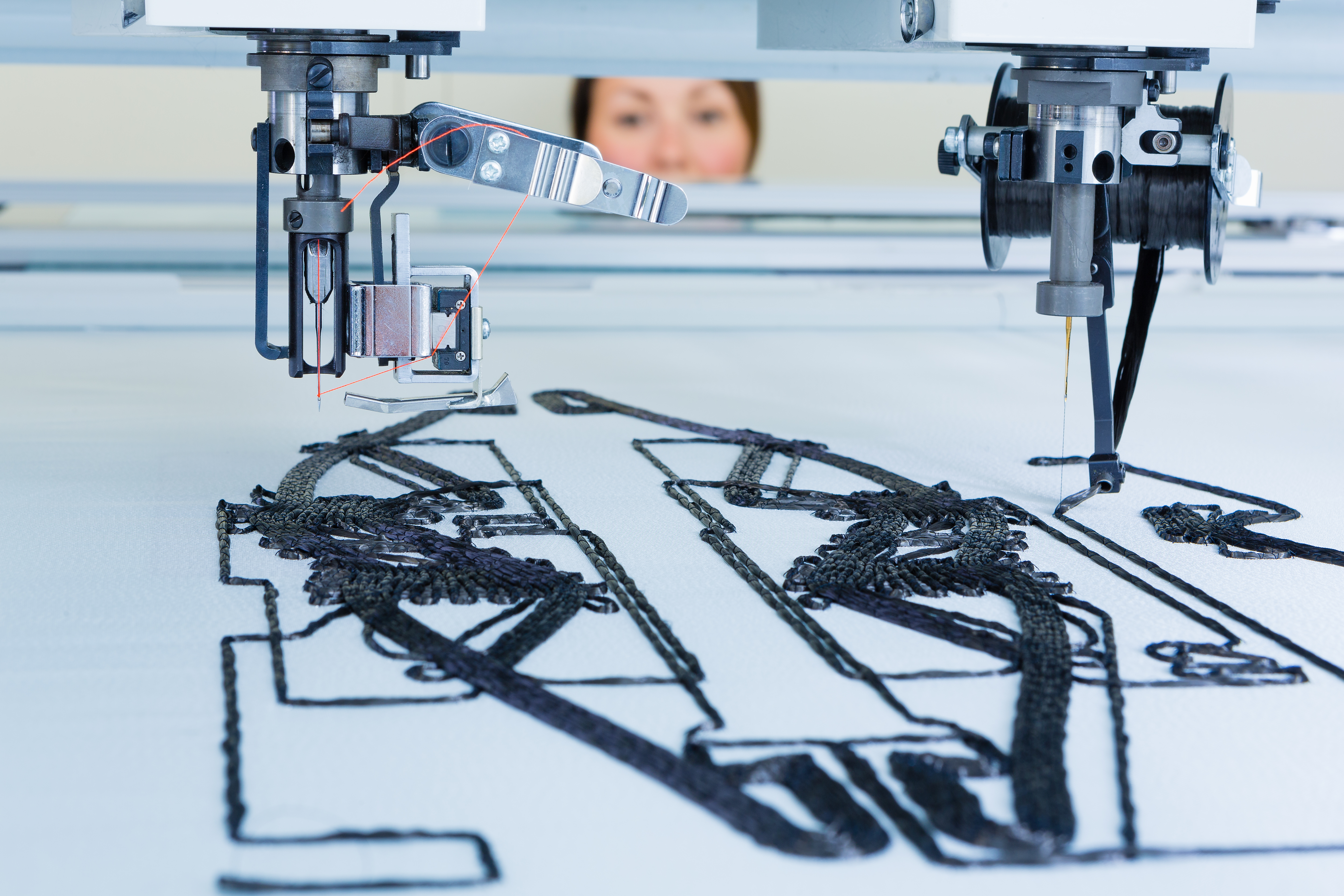
JEC Group has announced names of the 13 winners of the JEC Innovation Awards.
The awards reward the best composite breakthroughs based on their technical interest, market potential, partnerships, financial and environmental impact and originality. Just as last year, a high number of submissions came from the automotive industry, following current market trends. Process improvement was also one of the most represented themes, highlighting the importance of cycle time reduction.
The award winners are:
AERONAUTICS – IHI Corporation (Japan), composite fan system for aero-engines
AUTOMOTIVE, STRUCTURAL – Forward Engineering GmbH (Germany), T-RTM
AUTOMOTIVE, EXTERIOR – LG Hausys (South Korea), one-piece roof rack
CONSTRUCTION – ACCIONA Construcción SA (Spain), composite panels, an alternative to steel and concrete for high-speed railway tunnel construction
PROCESS – IRT M2P (France), fast RTM
MANUFACTURING – Voith Composites GmbH (Germany) , Voith roving applicator
SUSTAINABILITY – Faurecia (France), NAFILite microcellular foamed material
MARINE – VABO Composites (Netherlands), ‘Pplug-and-play’ composite ship door
3D PRINTING – +LAB - Politecnico di Milano University (Italy), smart manufacturing of continuous-fibre composites
SOFTWARE – e-Xstream (Luxembourg), Digimat AM
SPORTS – Leibniz-Institut für Polymerforschung Dresden (Germany), recurve bow riser
RAW MATERIALS – Covestro Deutschland AG (Germany), Desmocom® – a novel solution for composites
BETTER LIVING – Brødrene AA (Norway), Vision of the Fjords, Ship of the Year 2016 in Norway
The JEC Innovation Awards ceremony will take place on Wednesday 15 March at at JEC World, Paris, France.
This story is reprinted from material from JEC, with editorial changes made by Materials Today. The views expressed in this article do not necessarily represent those of Elsevier.



